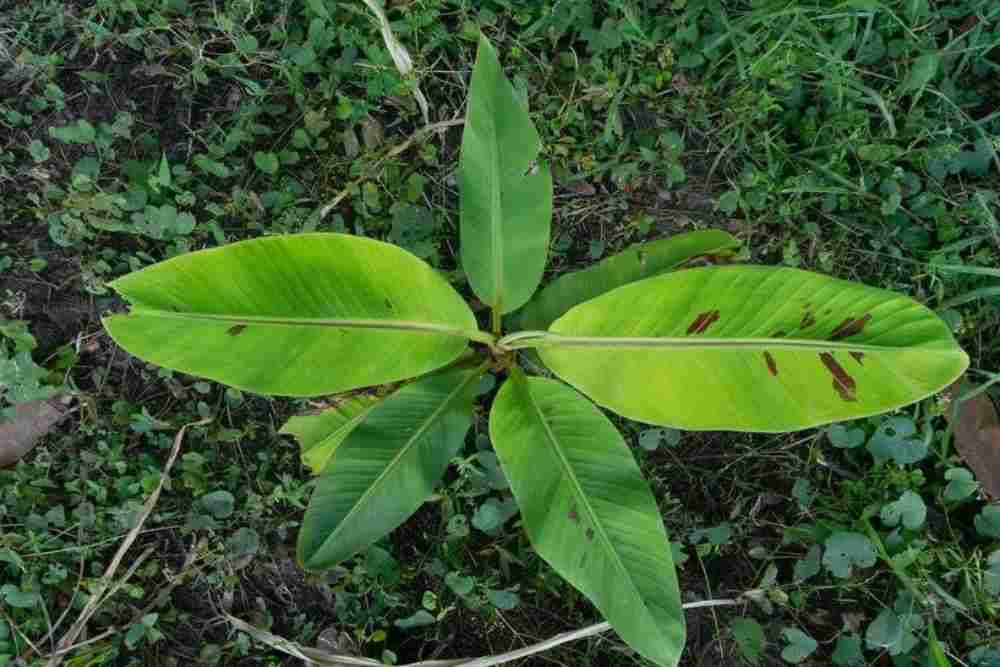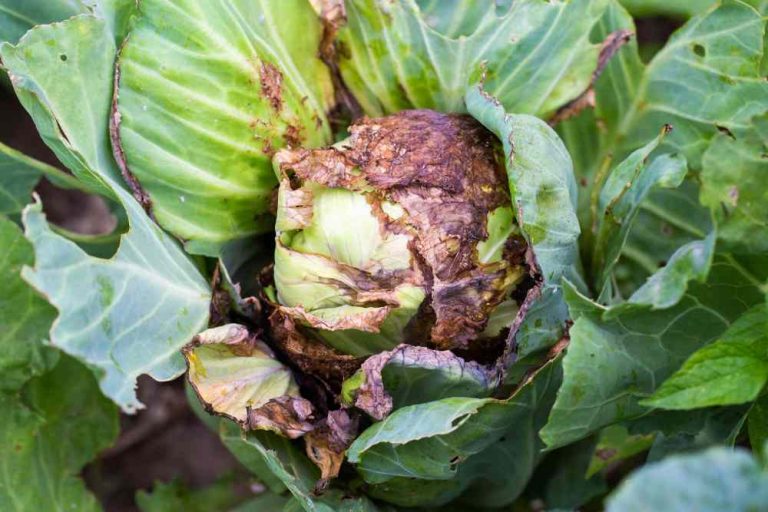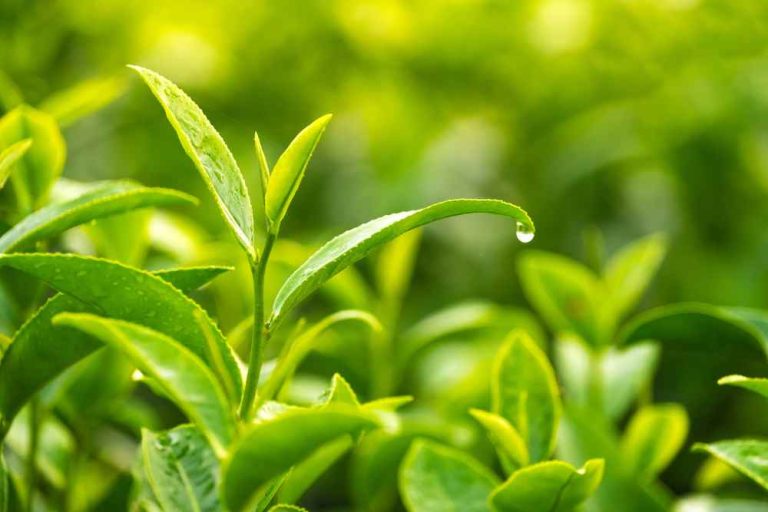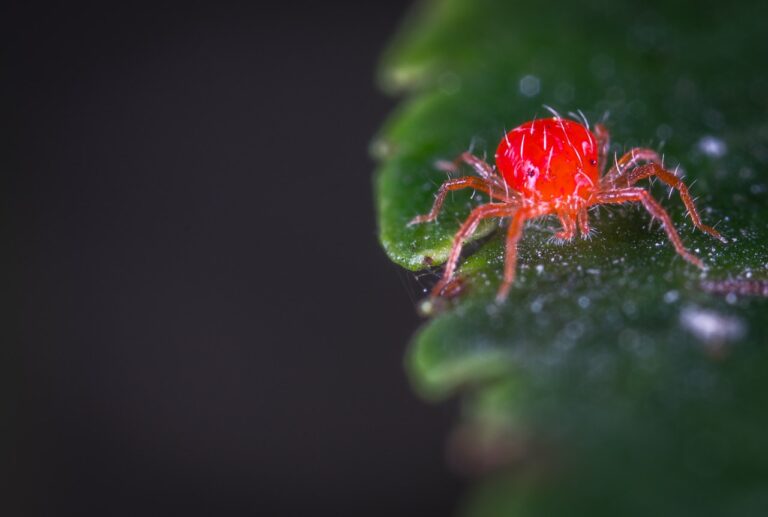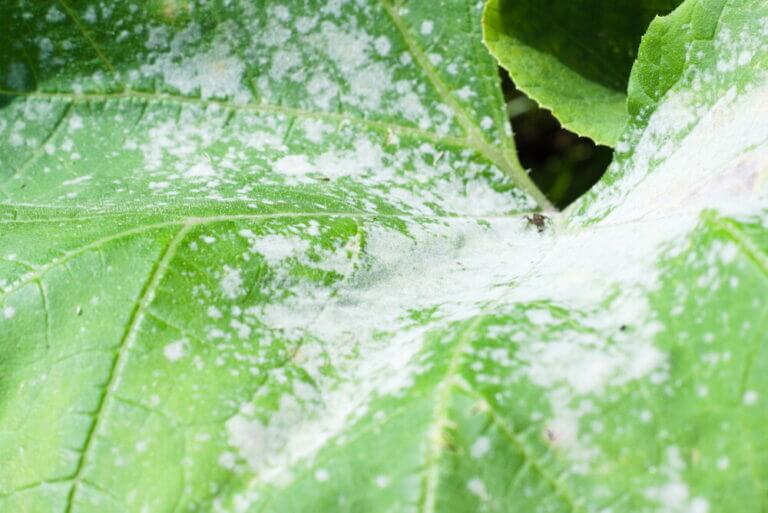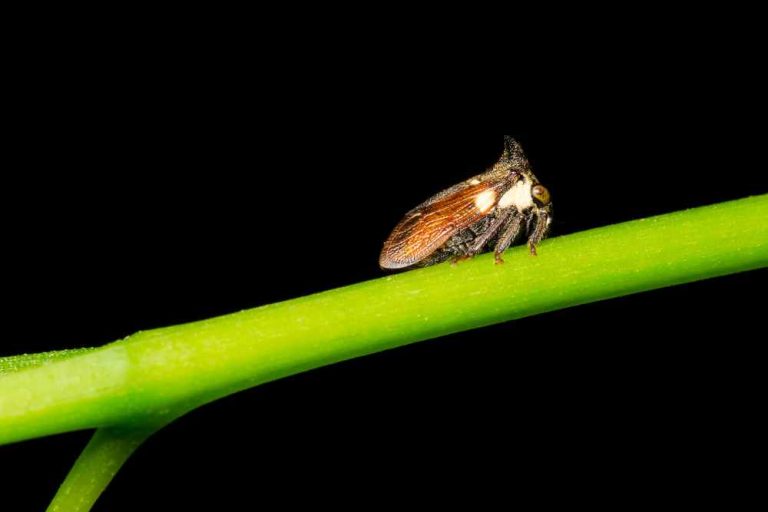Banana Bunchy Top Virus: Symptoms, Management, and Prevention
Banana bunchy top virus (BBTV) is one of the serious diseases of bananas. It stunts the plants while reducing yield severely. The disease is caused by a virus called Banana bunchy top virus (BBTV), considered to be the most economically destructive of the viral diseases and can contribute up to 100 % yield reduction.
Disease received its name because the infected plant has bunched appearance of leaves at the top of infected plants. Banana is the fourth most-cultivated fruit in over 130 countries in Africa, Asia, America, Oceania, and the Pacific. Therefore BBTV could potentially have a devastating economic impact. This virus does not affect human or animal health.
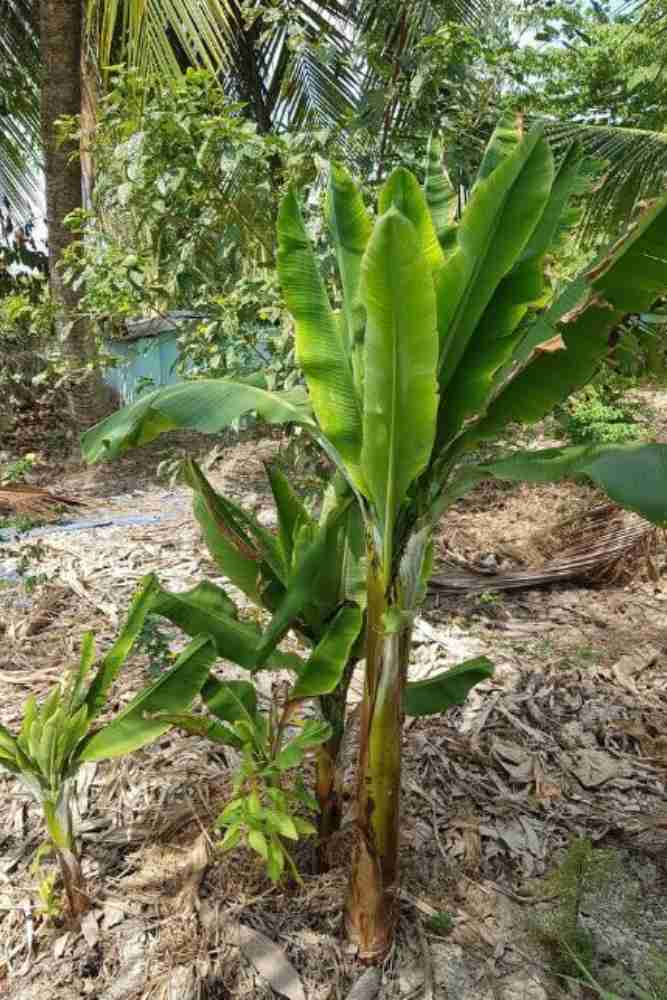
Aphids spread banana bunchy top by feeding on infected banana plants. They transmit the virus by feeding on healthy banana plants. Once a plant is infected, the virus spreads throughout the whole plant. The infected banana plant does not show bunchy top symptoms until 2 or more new leaves have been produced after being infected by the banana aphids. It takes nearly 19 days in summer to about 125 days in winter.
Once bunchy top symptoms are visible in a plant, the newly infected plant becomes a source of the virus for further spread. Banana aphids can acquire the virus after at least 4 hours of feeding on an infected plant. Aphids can retain the virus through their adult life (15–20 days). Aphids can then transfer the BBT virus to susceptible healthy plants as they feed.
BBTV is transmitted by banana aphids (Pentalonia nigronervosa Coquerel), carried over short distances. Through vegetative propagation of the crop, BBTV can easily spread. Long-distance spread occurs by the transport of infected propagative materials such as suckers and corms.
As bananas normally are propagated vegetatively, the risk of introduction of the pathogens in infected planting material is high. Moreover, there are cultivars of bananas that manifest mild or no symptoms that are particularly risky in terms of pathogen introduction. This virus is not spread by mechanical means.
Banana Bunchy Top Virus Symptoms
Symptoms of BBT are relatively easy to recognize. The initial symptoms of the banana bunchy top virus include dark green streaks in the veins of lower portions of the leaf midrib and the leaf stem. On mature infected plants, new leaves emerge with difficulty, are narrower than normal, are wavy rather than flat, and have yellow leaf margins.
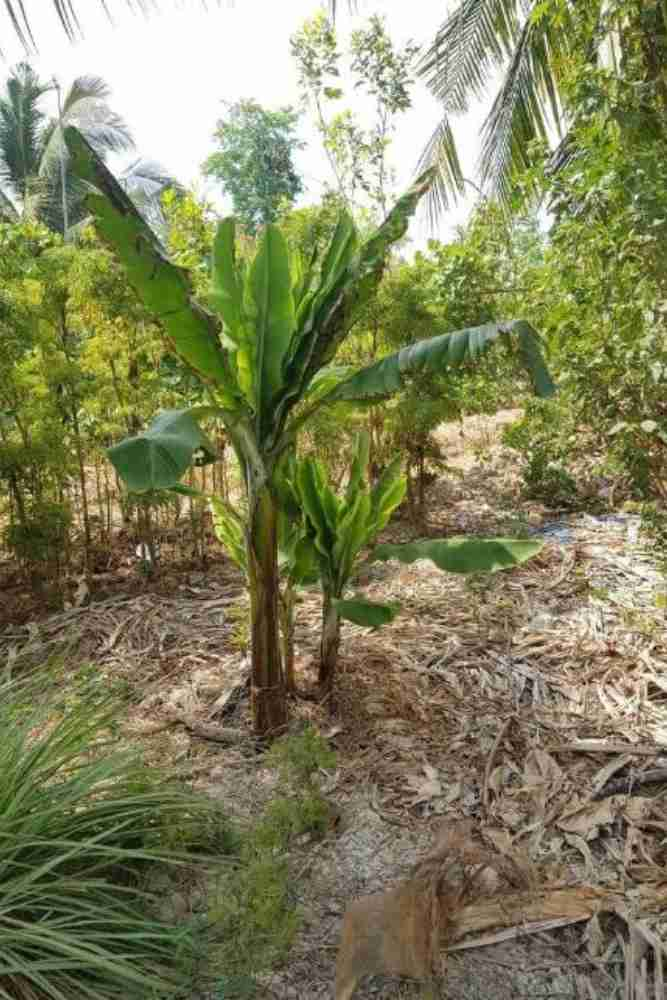
These plants appear to be “bunched” at the top of the plant. Severely affected plants produce small, erect, bunched leaves, and will not fruit, but if the fruit is produced, the banana hands and fingers are likely to be distorted and twisted.
Suckers that had been developed from BBTV-infected mother plants are usually severely stunted, with leaves that do not expand normally and remain bunched at the top of the pseudostem. These leaves are stiff and erect, are shorter and narrower than normal leaves, and have chlorotic edges, which will not produce fruit.
Banana Bunchy Top Virus Control
There are no known banana varieties resistant to BBTV and no chemicals to control it. Once identified BBTV is very difficult to control or eradicate. The best strategy to control BBTV includes identifying and destroying virus-infected plants as early as possible.
If you suspect a banana bunchy top, report it, and do not cut or disturb plants or move plant material off because this can spread the disease. Before destruction, spray diseased plants with oils, kerosene, soap, or insecticide to kill all aphids.
After killing the aphids within 48 hours, dig out the stool, including the main plants and all suckers. Chop the plants, and the corms, into small pieces. Burn or bury. Inject the diseased plant with herbicide. It’s important to inspect the retreat plants to make sure they are dead and scoop out the middle of the stem and pour kerosene into the well.
Always try to replant with virus-free plants and control aphid-vector populations with the use of insecticides. The most important factor to control the banana bunchy top virus is killing or controlling the aphid vector.
- 20+ Chic Boho Bedroom Ideas for a Cozy and Stylish Retreat - June 20, 2024
- 12+ Modern Boho Living Room Ideas to Create a Unique Oasis - June 10, 2024
- 10 Stunning Canopy Bed Ideas for a Dreamy Escape - May 16, 2024

